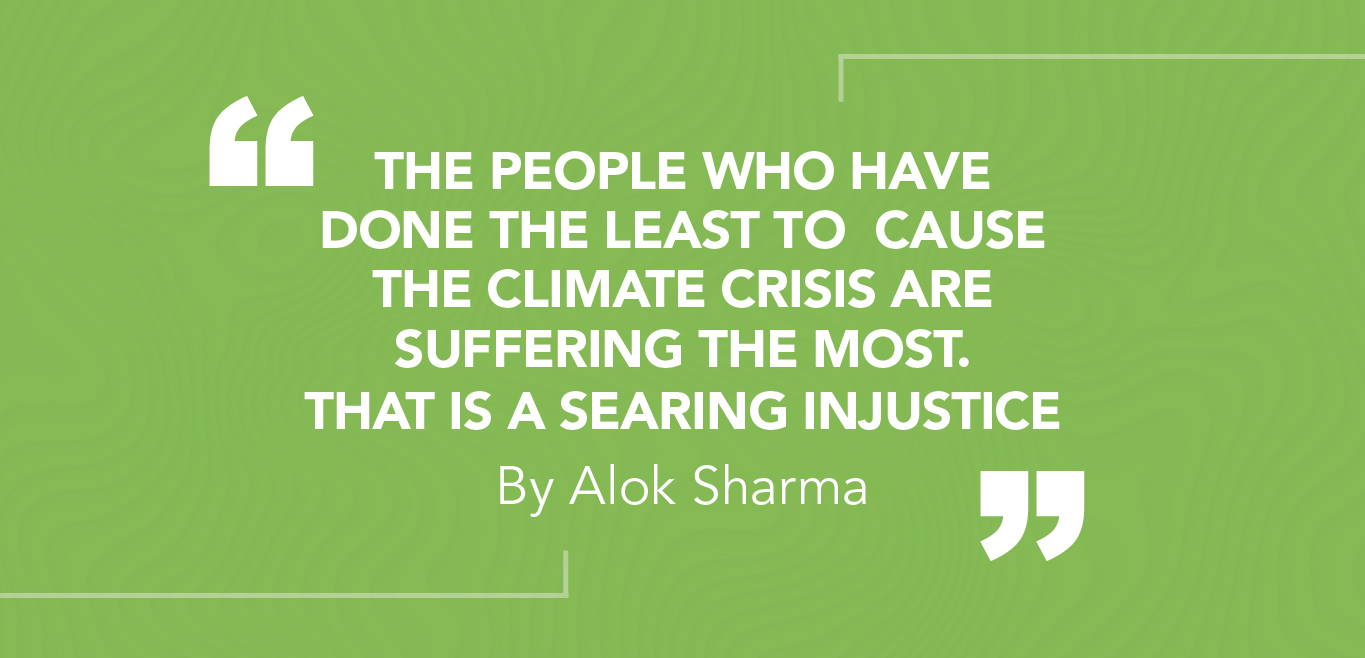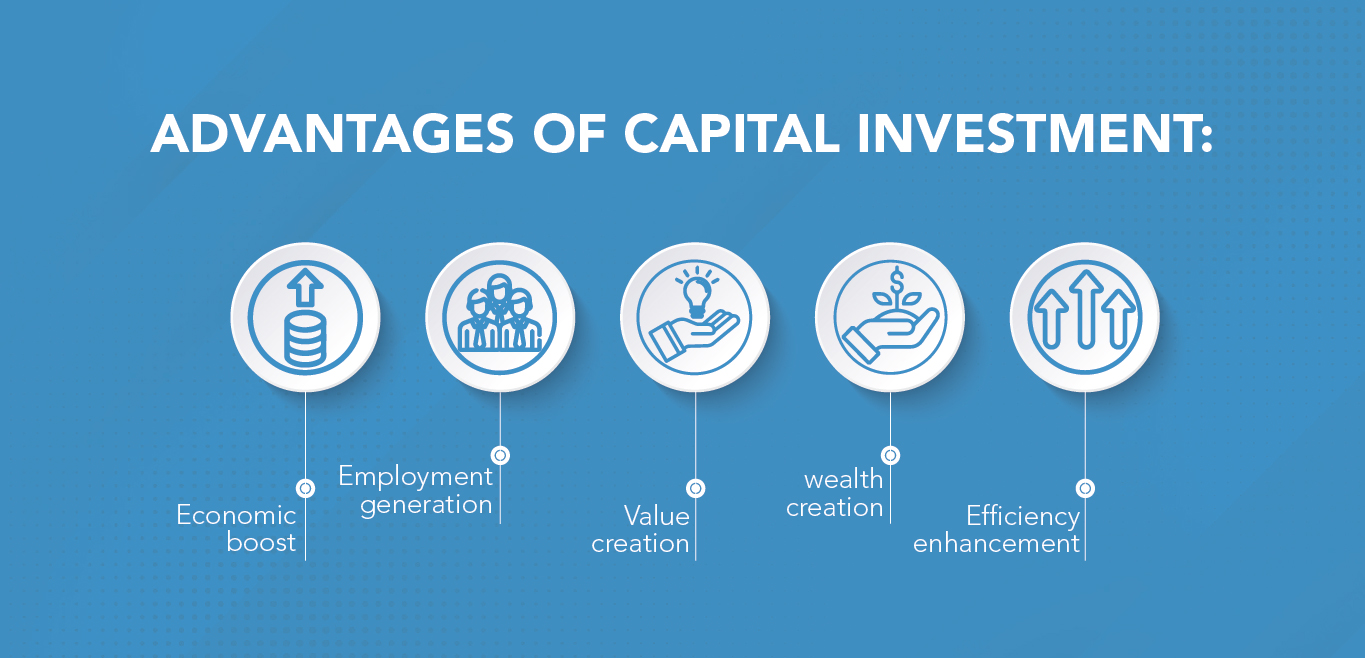COP26 is the most recent annual UN climate change conference, which was last held in Glasgow, Scotland. As the name depicts, this was the 26th COP summit between 1-12th November 2021. Because of the pandemic, the COP conference was delayed for a year. The United Nations Climate Change Conference(COP26), at Glasgow was defined by a “reinvigorated multilateralism” a top UN official said. However, it may not have achieved all of its goals, but it forced various nations to sit up and pay attention to the seriousness and urgency of the climate change crisis.

The Glasgow conference was widely seen as a pivotal moment in the effort to make a pause on climate change. As per the most recent physical-science report, from the Intergovernmental Panel on Climate Change (IPCC), an UN-sponsored scientific body, it remains possible to keep temperatures from rising by more than 1.5°C over the preindustrial baseline—and thereby stabilize the climate. A rapid change can be witnessed if we can reach the 1.5°C targets, which will ultimately reduce greenhouse gas emissions.
On the other hand, the United Kingdom government has expressed its intention to turn the situation around. Even if the summit doesn’t accomplish, discussion and agreements at Glasgow will accelerate the world’s response to climate change. For companies, various topics emerged, including government commitments, development finance, corporate commitments, capital investments, and even more. Here we will discuss these topics in brief. Take a look.

Is Government Commitment Converting Into Actions
Pledges about climate change by the government are still not that widespread or ambitious enough to put earth on track to 1.5°C of warming. Limiting warming to 1.5°C would first require cutting global greenhouse gas emissions by 45%, relative to 2010, by 2030, as estimated by the IPCC. On the other hand, UN analysis released and found that nations registered plans to curb greenhouse gas emissions, known as their “nationally determined contributions” (NDCs). point toward a 15.9 percent increase in global emissions by 2030.
Governments both national and subnational must take a step up for their climate commitments, they may change regulations on companies regarding energy use and environmental practices. However, anticipating and adjusting to these regulatory shifts will be critical to business success in terms of net-zero transition progress.
Adaptation and resilience
The 2015 Paris agreement established a Global Goal on Adaptation(GGA), aimed to cover issues like reducing exposure and increasing resilience to uplift climate change. It was specifically mentioned that financing climate must be used to fund both mitigations as well as adaptation. Many developed nations seek to achieve a 50-50 split between these two priorities. Though, mitigation was funded twice as adoption has. Countries with maximum vulnerability to climate change have urged developed nations to tackle this discrepancy as they make plans for scaling up development financing.
So far, the GGA has been loosely defined, and progress toward it has not been tracked in any formal way. COP26 will avail the committee with a possibility to bring attention to the need for a well-defined and generally agreed-upon global goal, additionally a method for gauging progress towards it. These changes would help to clarify the adaptation challenge for the government and companies. Hence allow them to understand the roles they might play.
Capital investment

The transition to net-zero greenhouse emission will require corporations in each sector, mainly in hard-to-abate sectors, to overhaul their equipment and product portfolios so that reduction of carbon emission could be possible, if not eliminated. The entire agenda will consist of significant capital spending, in an acceleration of trends that are well underway, including the build-out of renewable-energy capacity, the rollout of electric vehicles, and the retrofitting of buildings and factories.
The previous year, around 160 banks, asset managers, and asset owners allied financial institutions committed to aligning their operations and portfolios with net-zero pathways. Understanding these standards will help corporate leaders remain in good standing with the providers of the capital that their brands need to sustain long-term growth.
Corporate commitments
Companies play a crucial role in accelerating climate actions, both by decarbonizing their own operations and by developing and producing the next generation of technologies that can improve and prevent ongoing greenhouse gas emissions. Although companies played a limited role during the UN climate negotiations, they’ll be prominent participants in various other supplementary events that are scheduled to take place during the two-week summit. The United Nations has appointed two “high-level champions” to be responsible for engaging companies and other nonstate actors in climate action.
After the COP26 conference, the world is waiting for a change in the environment. The world is waiting for the government to take a further step to reduce Greenhouse gas emissions. On the other hand, Companies must keep these pointers while dealing with government policies. In today’s era, the world is looking forward to working with sustainability in their business and COP26 will act as a catalyst in their market.

